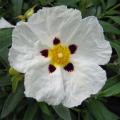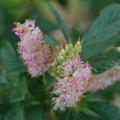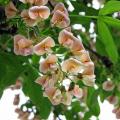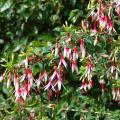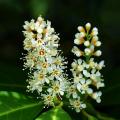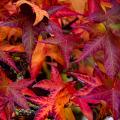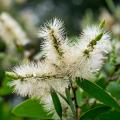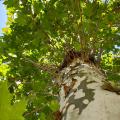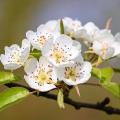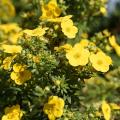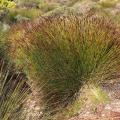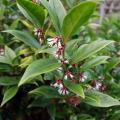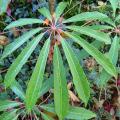Hippophae
Would this plant suit my garden? Set up your Plantfit profile →
Available in 1 sizes
Available in 0 sizes
Available in 3 sizes
Available in 2 sizes
Available in 1 sizes
Available in 1 sizes
Available in 1 sizes
Available in 1 sizes
Available in 1 sizes
Available in 1 sizes
Available in 1 sizes
Available in 1 sizes
The Sea Buckthorn, in Latin Hippophae rhamnoides, is a large thorny bush or small tree known for its decorative fruits that deserves to be planted more in our gardens: its flexible habit and thin, silver-grey leaves give it a beautiful appearance of a bushy willow, and its discreet flowering gives way to an abundant fruiting of a beautiful orange, on the female plants. There is no bush more resistant than this Sea Buckthorn native to dunes in Europe (including France), Asia, and North America. Very hardy, deciduous in winter, well adapted to poor and salty soils, tolerant of drought once established, the Sea Buckthorn only fears shade, which can be fatal to it. The decorative and edible fruits of this plant called 'shiny thorn' are particularly rich in vitamin A and C, and antioxidants. Raw, these berries are acidic, but they can be prepared into marmalade or jelly. It is essential to plant a male Sea Buckthorn near female Sea Buckthorns for fruit production.
The Sea Buckthorn is both an ornamental and useful bush : place it in an informal hedge, or a defensive and fruit-bearing hedge with hawthorn, Poncirus trifoliata, Osage orange, blackthorn, Goumi of Japan, and Elaeagnus for example. Due to its suckers and the presence of nitrogen-fixing nodules on its roots, this bush is valuable for recolonizing and stabilizing sandy or rocky terrain.
Haven't found what you were looking for?




































































































